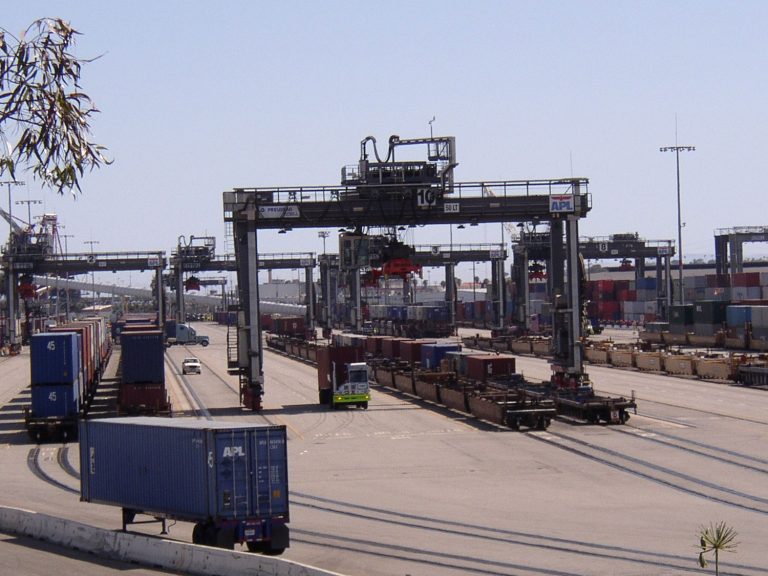
Date:
Why container transit times matter
The circulation of container equipment and vessel schedule reliability continues to be a struggle, with our own analysis confirming that transit times from key origins increased by an average of 14 days and while some improvements have been made, we expect these to be undermined by the Yantian and Ningbo terminal closures.
Aside from the pandemic itself, there is not a single root cause for the continued supply chain disruption we are facing. The situation is an intertwined blend of port congestion, vessel shortages and schedule disruption, container equipment shortages, chassis shortages, rail shortages, and driver and truck shortages. This is a Global situation and not unique to the UK and Europe further magnifying the impact at every supply chain ‘touch point’ of a container movement in transit.
However, there is not really a shortage in the number of containers and vessels available to handle the amount of cargo in need of shipping.
The real problem is that it now takes much longer to move the cargo (and the equipment carrying it) which removes large amounts of capacity and that is what creates the shortage in the number of containers and vessels available.
Without enough capacity to move cargo in need of transport, freight rates surge as shippers decide not to risk losing the sale of the cargo against paying elevated rates to try to ensure their product arrives into market for manufacture or sale, or both.
The long list of global operational challenges in 2021 is keeping the level of available vessel and equipment supply under severe pressure, including port congestion, bad weather delays, labour disputes, shortages of truckers, Suez, Yantian, Ningbo, insufficient rail capacity, empty box shortages in key locations, and quarantine and social distancing in terminals, depots, warehouses, and for vessel crews.
All these elements combined slow down the circulation of container equipment and slow down the progress of vessels travelling from port to port.
Only about 40% of container ships arrived on time in the first quarter of 2021, with average delays stretching to more than six days, which is far behind pre-pandemic reliability levels of 70%.
Our review of four key China origins – Ningbo, Qingdao, Shanghai and Yantian – confirms that between last October and February 2020 transit times from each origin had increased by an average of 14 days and while some improvements have been made, we expect these to be undermined by the recent terminal closures at various Chinese ports and throughout Asia.
When carriers report on transit times they do so based on pier to pier, or quay to quay, performance and do not take into account vessels held at anchor, the time taken to unload the vessel and make containers available for collection, or the inland leg to final delivery.
It is also worth noting that carriers do not take into consideration omitted ports and what happens to consignments that are offloaded en-route, or transhipped as a result to the final destination.
For shippers, any lost days are critical, because they have inventory (and cash) potentially tied up for extended periods, waiting for containers to arrive, unload and progress through to delivery.
Higher freight costs and delays are particularly hard for smaller businesses, with less stock on hand, to buffer supply disruption, which is why we have worked so hard to expedite the movement of landed containers to delivery. With the average time of 7 days between container arrival and final delivery, being maintained from August 2020 to last month. However even this element of a container movement is being disrupted with the inland issues with well-publicised driver shortages over recent months.
Metro negotiate rate and volume agreements with carriers across all three alliances, which means we can access the widest pool of equipment and offer shippers the biggest range of service offerings, port-pairings and rates.
Our fixed validity contracts provide supply chain security and peace of mind, but with space and equipment in such short supply, we recommend a minimum of four weeks visibility and booking window, to secure space on the vessel and get the right equipment positioned.
We will always keep you informed of the market situation and provide clear guidance on alternative options for critical cargo, when necessary.
Please contact Elliot Carlile or Grant Liddell to learn how we can support your supply chains, even in the most challenging market conditions.





